
Introduction
The Rakhi Bel plant, known scientifically as Loranthus, belongs to the family Loranthaceae. It is a hemiparasitic plant, meaning it derives some of its nutrients from host plants while also performing photosynthesis. The flowers of the Rakhi Bel are particularly fascinating, both in their unique adaptations for survival and their ecological significance. This comprehensive description will explore the various aspects of Rakhi Bel flowers, including their botanical characteristics, ecological roles, cultural significance, and more.
Botanical Characteristics
Morphology
Rakhi Bel flowers are small, tubular, and often brightly colored, which makes them easily recognizable. They typically grow in clusters and are borne on woody stems that attach to the branches of host plants. The flowers have a distinctive tubular shape, which is an adaptation to their primary pollinators—nectar-feeding birds and insects. The tubes of the flowers are designed to accommodate the beaks of birds, ensuring efficient transfer of pollen.
The flowers can be red, yellow, orange, or green, depending on the species. These vibrant colors are not just for show; they play a crucial role in attracting pollinators. The flower structure often includes a corolla that can be lobed or split at the end, adding to the visual appeal and making it easier for pollinators to access the nectar.
Flowering Season
Rakhi Bel plants generally flower during the dry season, which is when their host trees are less likely to be flushing new leaves and can better tolerate the additional stress. The timing of flowering ensures that there is less competition for pollinators, which are more easily attracted to the bright, conspicuous flowers of the Rakhi Bel when fewer other flowers are available.
Pollination and Seed Dispersal
Pollination
Pollination of Rakhi Bel flowers is primarily carried out by birds, such as sunbirds and hummingbirds, which are attracted to the bright colors and rich nectar. These birds insert their beaks into the tubular flowers to reach the nectar, and in doing so, they brush against the anthers and stigma, facilitating the transfer of pollen.
In some regions, insects such as bees and butterflies also play a role in pollination, although they are less effective compared to birds. The dual strategy of attracting both birds and insects ensures a higher likelihood of successful pollination.
Seed Dispersal
The seeds of Rakhi Bel are encased in berries, which are also brightly colored to attract birds. After consuming the berries, birds excrete the seeds onto the branches of potential host plants. The sticky nature of the seeds helps them adhere to the branches, where they can germinate and establish new parasitic connections.
Ecological Significance
Role in Ecosystems
Despite being parasitic, Rakhi Bel plants and their flowers play a significant role in their ecosystems. The flowers provide a reliable source of nectar for pollinators, particularly during the dry season when other nectar sources may be scarce. This relationship supports bird and insect populations, which in turn contribute to the pollination of other plants in the ecosystem.
Additionally, the dense clusters of flowers and leaves can offer shelter and nesting sites for various organisms. The presence of Rakhi Bel can enhance the structural complexity of forests and woodlands, promoting biodiversity.
Impact on Host Plants
While Rakhi Bel plants offer ecological benefits, their parasitic nature can negatively impact host plants. Heavy infestations can lead to reduced growth, lower fruit production, and even the death of host plants. This is particularly problematic in agricultural settings, where fruit trees and other economically important plants may suffer.
However, in natural settings, the relationship between Rakhi Bel and its host plants is typically balanced, with both species coexisting over long periods. The selective parasitism often targets older, weaker branches, which can lead to natural pruning and potentially enhance the overall health of the host tree.
Cultural Significance
Traditional Uses
In various cultures, Rakhi Bel plants and their flowers hold traditional significance. In India, for instance, the plant is often associated with the festival of Raksha Bandhan. The name "Rakhi Bel" itself is derived from "rakhi," a protective bracelet tied by sisters on their brothers' wrists during the festival. The plant’s intertwined, supportive nature is symbolically linked to the bond of protection and care.
Medicinal Applications
Rakhi Bel flowers and other parts of the plant are used in traditional medicine. In Ayurvedic practices, extracts from the flowers, leaves, and stems are believed to possess various therapeutic properties. They are used to treat ailments such as hypertension, respiratory conditions, and skin disorders. The flowers are sometimes used to make herbal teas or tinctures believed to have health benefits.
However, it is important to approach these traditional uses with caution. While some medicinal properties of Rakhi Bel have been documented, further scientific research is necessary to fully validate their efficacy and safety.
Management and Conservation
Challenges
The management of Rakhi Bel plants, particularly in agricultural and urban settings, poses significant challenges. The parasitic nature of these plants can lead to economic losses in orchards and plantations where they infest fruit-bearing trees. Additionally, in urban areas, heavy infestations can weaken trees, making them more susceptible to other stressors such as pollution and disease.
Control Measures
Several strategies can be employed to manage Rakhi Bel infestations:
- Mechanical Removal: This involves physically cutting and removing the parasitic plants from the host. It is labor-intensive and may need to be repeated periodically as new infestations occur.
- Chemical Control: Selective herbicides can be applied to target Rakhi Bel plants. Care must be taken to avoid harming the host plants and surrounding vegetation.
- Biological Control: Research into natural predators or pathogens that can control Rakhi Bel populations is ongoing. This method offers a more sustainable and environmentally friendly approach compared to chemical control.
- Cultural Practices: Maintaining the health and vigor of host plants through proper watering, fertilization, and pruning can help them better withstand parasitic infestations. Early detection and monitoring can prevent small infestations from becoming severe.
Conservation Efforts
Despite the challenges posed by Rakhi Bel plants, their ecological roles and cultural significance warrant conservation efforts. Protecting natural habitats where these plants are part of the native flora is essential. Conservation strategies should aim to balance the ecological benefits of Rakhi Bel with the need to protect economically important trees and plants.
Ongoing research into the genetic diversity of Rakhi Bel populations, their interactions with host plants, and their ecological benefits can inform management and conservation practices. Understanding the full impact of these plants on their ecosystems is crucial for developing effective strategies that ensure their preservation while mitigating potential negative effects.
Conclusion
The flowers of the Rakhi Bel plant are a remarkable example of nature’s intricate designs and interdependencies. Their unique morphology, ecological roles, and cultural significance highlight the complexity and beauty of parasitic plants. While they present certain challenges, particularly in managed landscapes, their contributions to biodiversity and ecosystem health cannot be overlooked.
By integrating traditional knowledge with modern scientific research, we can develop effective management strategies for Rakhi Bel plants. This approach ensures the protection of valuable trees and crops while also preserving the ecological functions that these fascinating flowers provide. Through thoughtful conservation and management, we can appreciate Rakhi Bel flowers not just as parasites, but as vital components of the natural world.
| Size |
5 Feed |
|---|---|
| A |
1 |
Noodles Co.
Address: 5171 W Campbell Ave undefined Kent, Utah 53127 United States
Contact Seller:(+91) - 540-025-553
Rating
92%
Ship on time
100%
Chat response
89%
Noodles & Company is an American fast-casual restaurant that offers international and American noodle dishes and pasta in addition to soups and salads. Noodles & Company was founded in 1995 by Aaron Kennedy and is headquartered in Broomfield, Colorado. The company went public in 2013 and recorded a $457 million revenue in 2017.In late 2018, there were 460 Noodles & Company locations across 29 states and Washington, D.C.













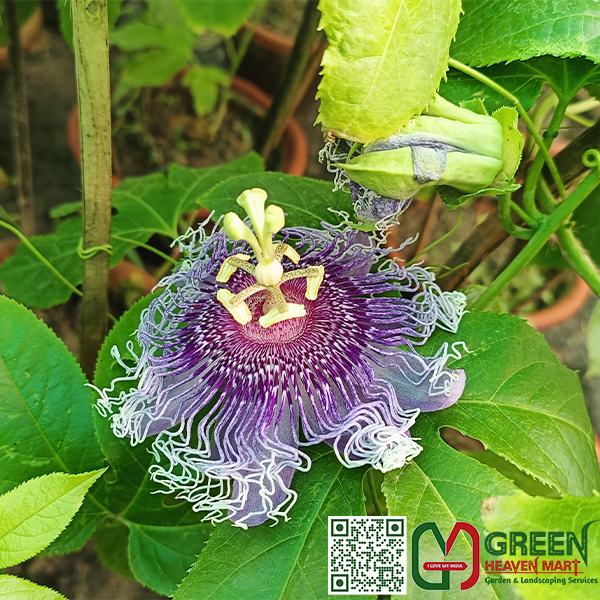

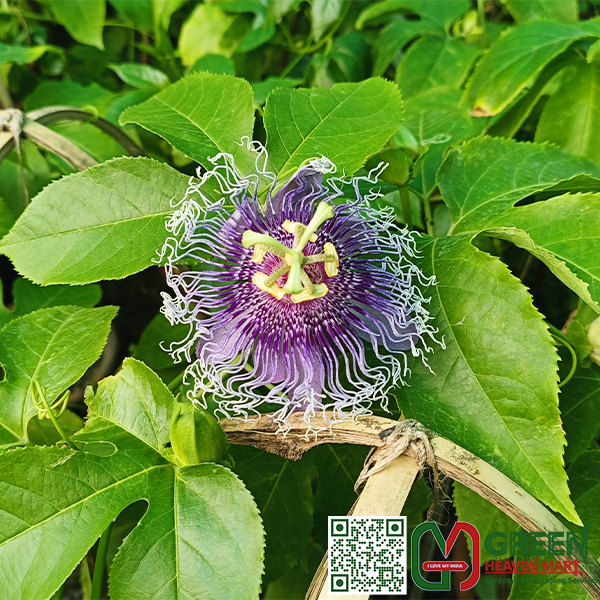

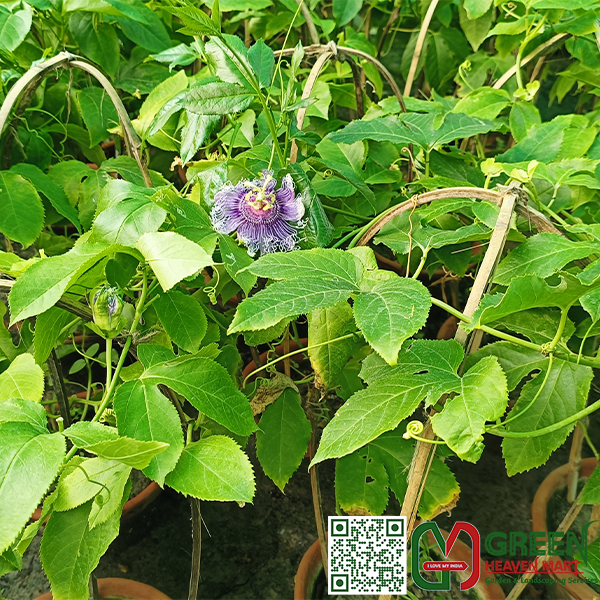
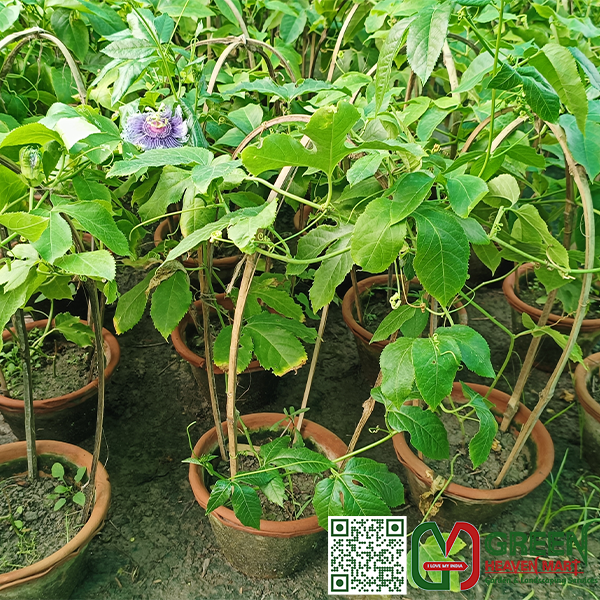

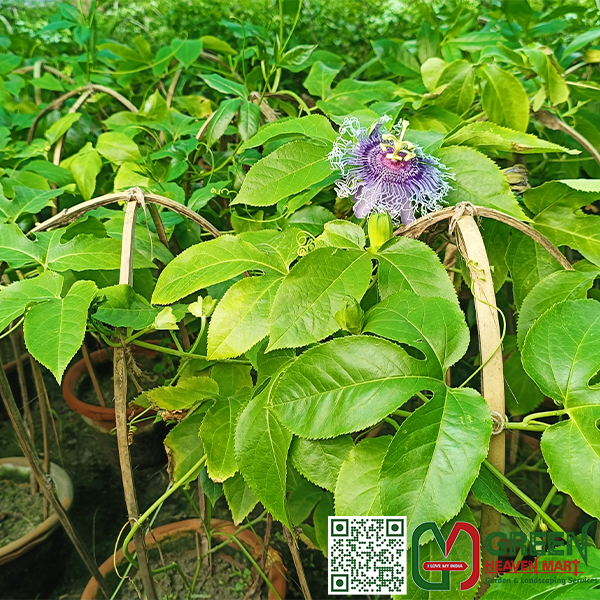
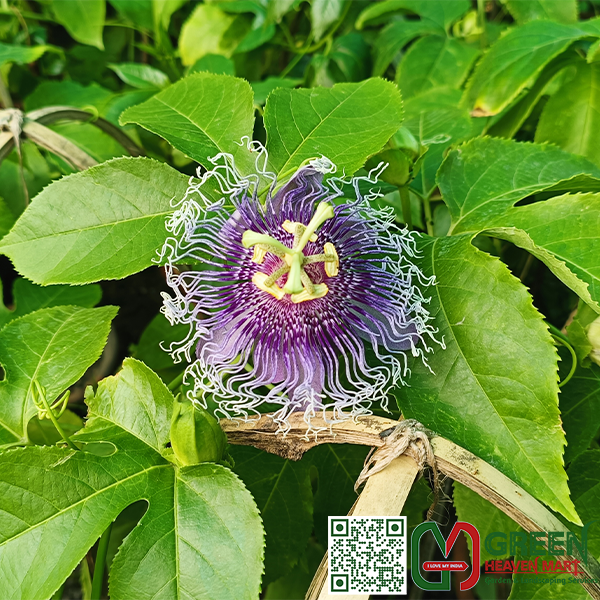

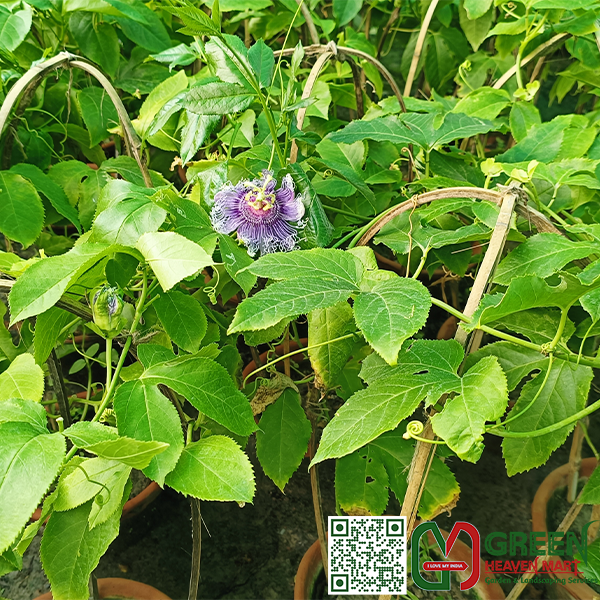
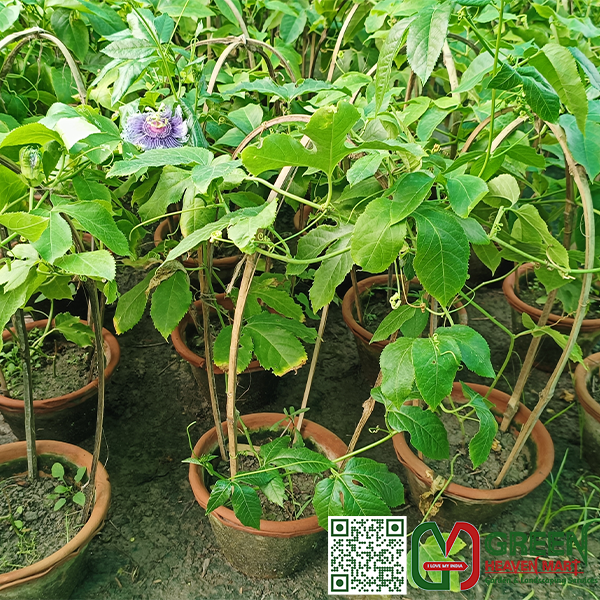

Lorem ipsum dolor sit amet, consectetur adipisicing elit. Delectus, suscipit exercitationem accusantium obcaecati quos voluptate nesciunt facilis itaque modi commodi dignissimos sequi repudiandae minus ab deleniti totam officia id incidunt? Reply
Lorem ipsum dolor sit amet, consectetur adipisicing elit. Delectus, suscipit exercitationem accusantium obcaecati quos voluptate nesciunt facilis itaque modi commodi dignissimos sequi repudiandae minus ab deleniti totam officia id incidunt? Reply
Lorem ipsum dolor sit amet, consectetur adipisicing elit. Delectus, suscipit exercitationem accusantium obcaecati quos voluptate nesciunt facilis itaque modi commodi dignissimos sequi repudiandae minus ab deleniti totam officia id incidunt? Reply